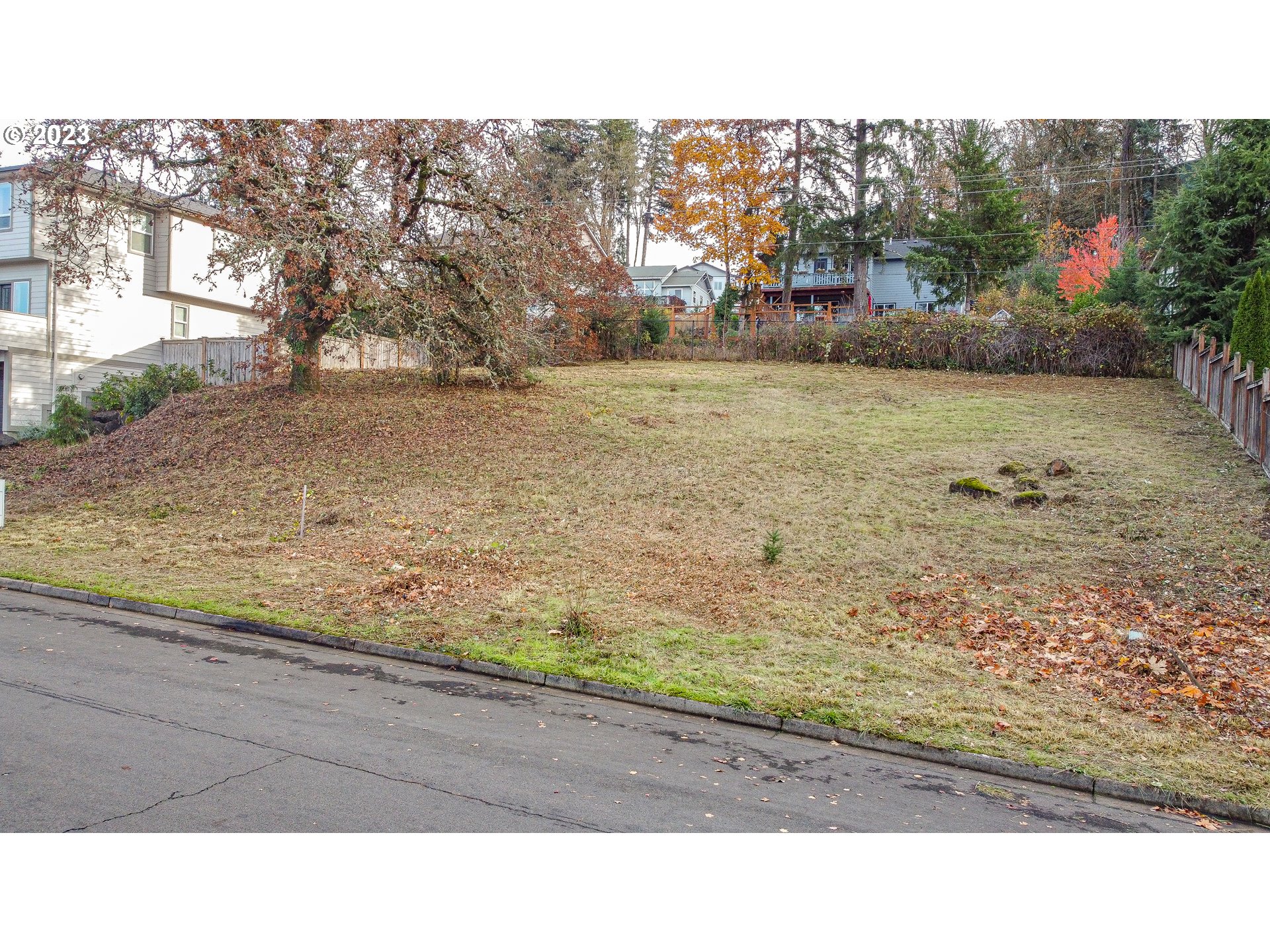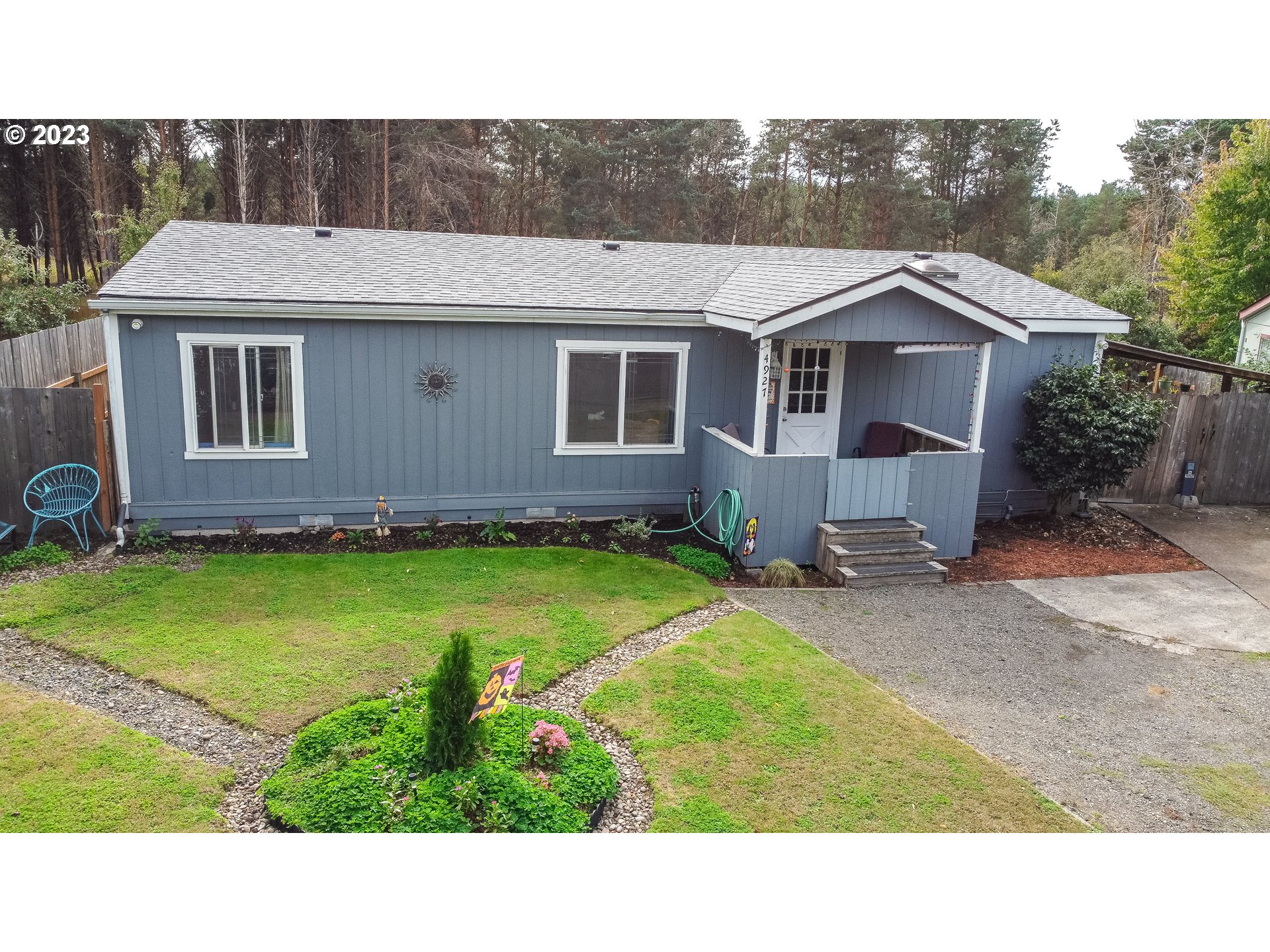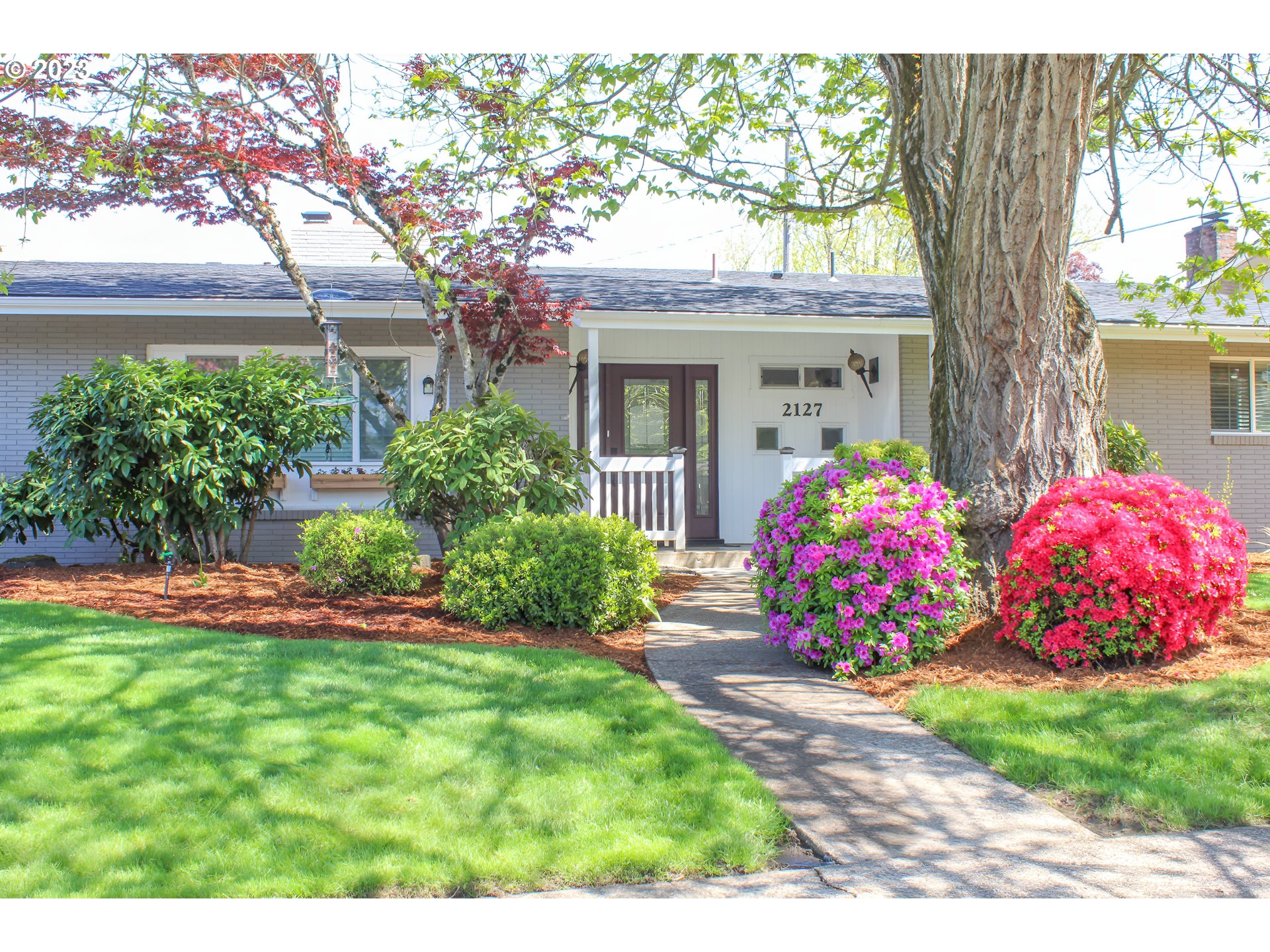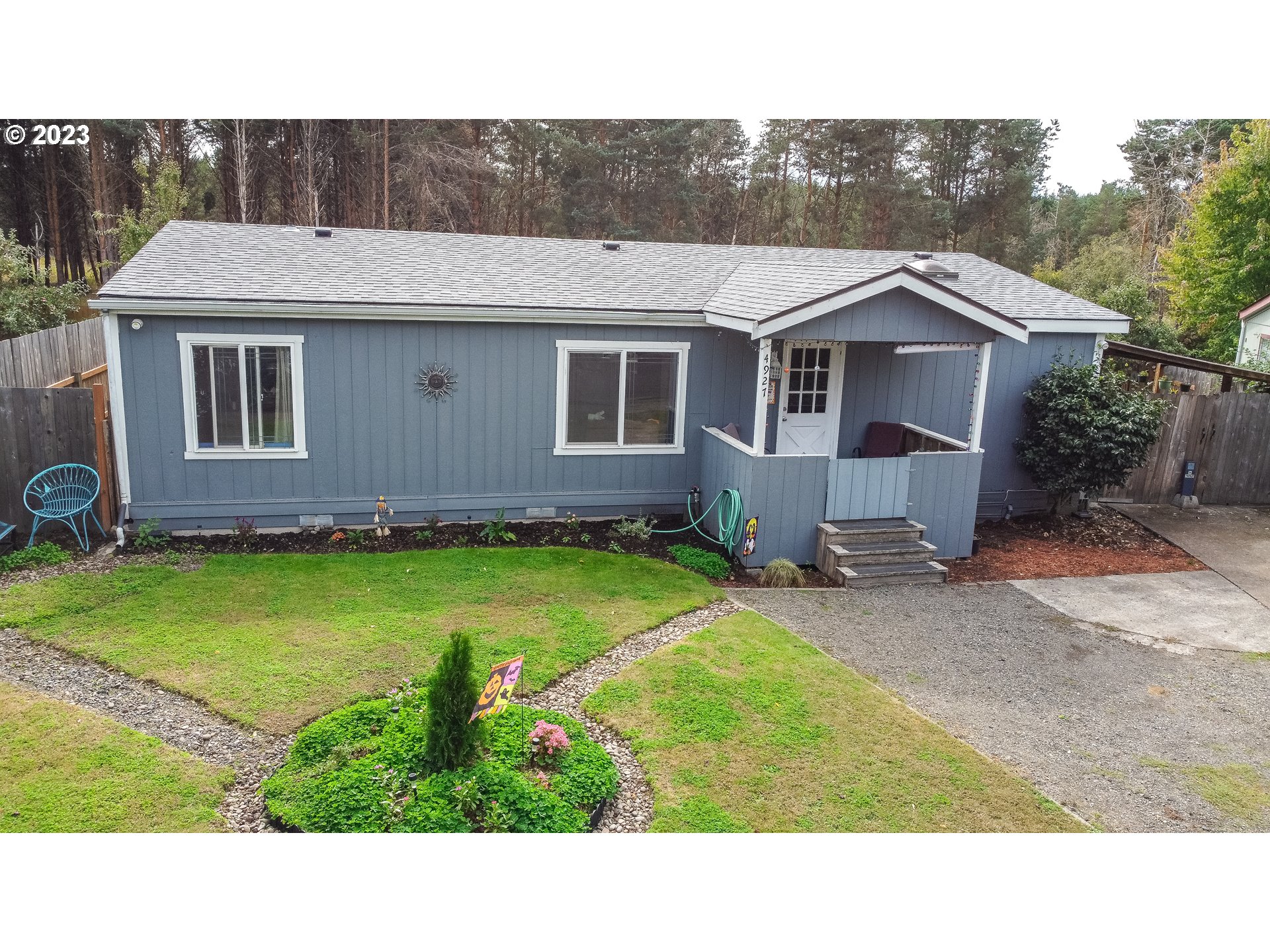Home Sales Continue To Slide
Good Monday Morning!
The month of October saw home sales continue to slide in the Eugene and Springfield area. Also, the number of homes on the market for sale increased. Mortgage rates also declines and the Fed decided to not have another interest rate increase at this time. All of this is good news for home buyers, who have had a rough time with the high interest rates, low housing inventory and high home prices. Right now the questions remains as to where are we headed in the months in front of us and in the year 2024? Many economists are now predicting a continuation of lower mortgage interest rates. If this takes place, it could bring on a much improved market heading into the new year and in the first quarter of 2024. There are many moving parts here, with one of them being the questionable local and national economy. At this time, we can only hope that we see an improving housing market here in Eugene and Springfield. I will keep you updated as we move forward. The following is an article from "Realtor.com that talks about the October 2023 national housing market.
Home sales fell in October to a fresh 13-year low as high interest rates and home prices continued to pummel the housing market.
Home-buying affordability sits near its lowest level in decades, pushing many buyers out of the market. Existing-home sales for the full year in 2023 are on track to be the lowest since at least 2011, according to economist forecasts.
Existing-home sales, which make up most of the housing market, decreased 4.1% in October from the prior month to a seasonally adjusted annual rate of 3.79 million, the lowest rate since August 2010, the National Association of Realtors said Tuesday. October sales fell 14.6% from a year earlier. Sales have been near 2010 levels in recent months.
Even as home-buying demand has slumped, the inventory of homes for sale has stayed low. High rates are making homeowners unwilling to sell and move, because they don’t want to give up their existing low interest rates. The limited supply is a major reason that home prices are rising in much of the U.S.
The national median existing-home price rose 3.4% in October from a year earlier to $391,800, NAR said. That was the highest price for any October in data going back to 1999. Prices aren’t adjusted for inflation.
“Lack of inventory along with higher mortgage rates are really hindering home sales,” said Lawrence Yun, NAR’s chief economist.
This year’s housing-market slowdown is due to the Federal Reserve’s efforts to curb inflation and cool the economy by raising its benchmark interest rate to a 22-year high. The Fed last raised rates in July. Since then, officials have extended a pause in rate increases and are very likely to do so again next month.
Economists surveyed by The Wall Street Journal ahead of the release had estimated that sales of previously owned homes fell 1.5% in October from the prior month.
Mortgage rates climbed to fresh two-decade highs this fall before falling in recent weeks. Homes typically go under contract a month or two before the contracts close, so the October data largely reflect purchase decisions made in August and September.
While mortgage rates have declined since late October, buyers might have already decided to pause their home searches until after the holiday season, said Danielle Hale, chief economist at Realtor.com.
“The surge in rates in October might have caused a lot of households to sort of end their home search for 2023,” she said. “At this point, they might just wait until the spring.”
Nationally, there were 1.15 million homes for sale or under contract at the end of October, up 1.8% from September and down 5.7% from October 2022, NAR said. That was the lowest inventory level for any October in data going back to 1999, Yun said. At the current sales pace, there was a 3.6-month supply of homes on the market at the end of October.
Blaine and Jennifer Nelson found little inventory to choose from as they shopped for their first home this summer. They also had to revise their budget lower as mortgage rates went up.
“On a weekly basis, we were kind of reevaluating…based on where mortgage rates were that week,” Blaine Nelson said.
The Nelsons had their third offer accepted for a four-bedroom house in the St. Paul, Minn., area and the purchase closed in October. “We’re happy just to have a place and to not be going through this stressful experience,” Blaine Nelson said.
The typical home sold in October was on the market for 23 days, up from 21 days a year earlier, NAR said.
Marianne and Elias Doty tried to buy a bigger house for their growing family last year, but they gave up after losing out on several offers to higher bidders. This fall, they found a seven-bedroom house in Sandy, Utah, and bought it in October for about 9% under the listing price. They listed their starter home in Sandy for sale, received four offers and sold it at the listing price.
“It certainly seemed like I had more power as a buyer,” Elias Doty said. Unlike last year, when buyers had to make offers as quickly as possible, “we were able to ponder on this for a whole week,” he said.
About 29% of October existing-home sales were purchased in cash, up from 26% in the same month a year ago, NAR said.
A measure of U.S. home-builder confidence fell in November for the fourth straight month, the National Association of Home Builders said last week.
Have An Awesome Week!
Stay Healthy! Stay Safe! Remain Positive! Trust in God!
THIS WEEKS HOT HOME LISTING!

Lot 80 Ambleside Dr, Springfield, OR
Price: $115,000 Acres: 0.23
Huge lot that is surrounded by beautiful homes in the highly sought-after Ambleside Meadows. This lot has fantastic panoramic views of the Coburg hills, so get ready to build your dream home! Seller has preliminary plans that were drawn for this lot...View this property >>
AND HERE'S YOUR MONDAY MORNING COFFEE!!









